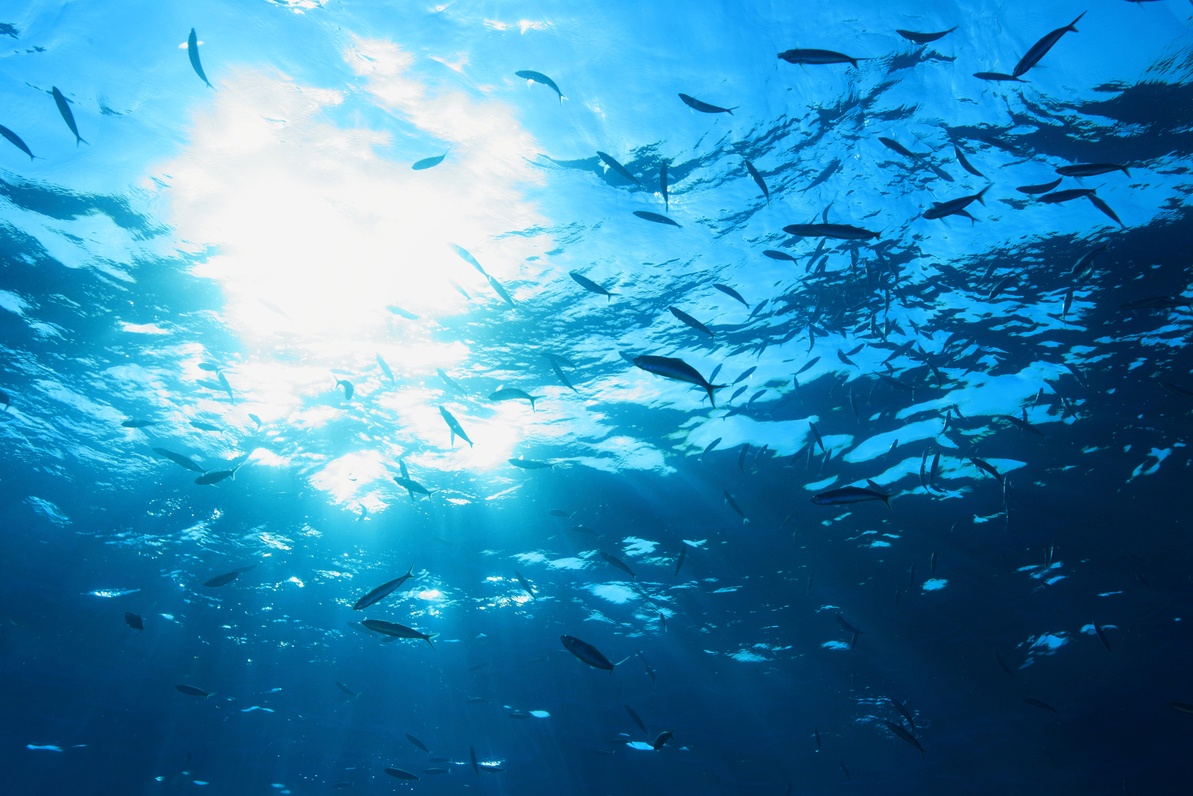For the third year in a row, Fundació ENT, with the support of the organizations Sciaena and Ecologistas en Acción, has compared and analyzed the European Commission communications on EU fisheries in line with the maximum sustainable yield (MSY). This document, which analyzes in detail the communications of the Commission between 2015 and 2018, highlights some concerns regarding the methodology used by the Commission and points out that the number of stocks being “in line with MSY” could have been overestimate each year.
In order to allow the recovery of fish stocks to sustainable levels, the Article 2.2 of the Common Fisheries Policy (CFP) requires that the maximum sustainable yield (MSY) exploitation rate shall be achieved by 2015 where possible and, on a progressive, incremental basis at the latest by 2020 for all populations. But at present time -four years after the CFP entered into force-, it is still very difficult to know the real number of stocks exploited at sustainable levels in the EU, that is, the number of Total Allowable Catches (TACs) in line with the scientific advice based on the MSY.
Since December 2014, following the decisions agreed by the EU Council of fisheries ministers, the European Commission publishes its communication listing which stocks fished in the north-east Atlantic, North Sea and Baltic Sea are considered “in line with MSY” for the following year. However, these communications, which are essential to measure the steps made by EU fisheries ministers when establishing sustainable fishing limits, reveals significant inconsistencies that prevent to evaluate the real progress made in accordance with the CFP.
In particular, multiple TACs that were reported as being “in line with MSY” in 2015, 2016 or 2017 are no longer in that category in 2018. For instance, since last year, 8 TACs have lost their “in line with MSY” status. On the other hand, according to the Commission, 15 new TACs are “in line with MSY” in 2018. However, when comparing against earlier Commission communications, 5 out of those 15 TACs had already been listed at least once in previous years.
Taking into account the footnotes corrections included in the communications, the total number of TACs “in line with MSY” according the Commission would be: 36 for 2015 TACs, 38 for 2016 TACs, 47 for 2017 TACs and 53 for 2018 TACs. However, as detailed in the analysis published, the ENT Foundation considers that the previous numbers are not entirely correct and that the number of TACs “in line with MSY” has been overestimated by the Commission each year, due to:
i) Some fishing limits have been set above scientific advice on MSY;
ii) ICES considers the available information as inadequate to evaluate the status of some stocks in relation to MSY; and/or
iii) Some of the TACs listed do not correspond to a TAC or a stock area.
According to Lydia Chaparro, a marine ecologist at ENT Foundation, “these two steps forward, one step back trend, which appears in our analyses for each year, raises concerns in terms of the progressive and incremental trajectory towards MSY exploitation rates required by the CFP. The Commission’s communication must incorporate substantial improvements, but the most remarkable fact is that, while 2020 deadline draws near, numerous fishing limits continue to be established above sustainable limits. If we want to guarantee a fishing with future, EU fisheries ministers must significantly increase their efforts to end overfishing in line with the reformed CFP and, in turn, improve the quota allocation among fleets by taking into account socio-environmental criteria”.

